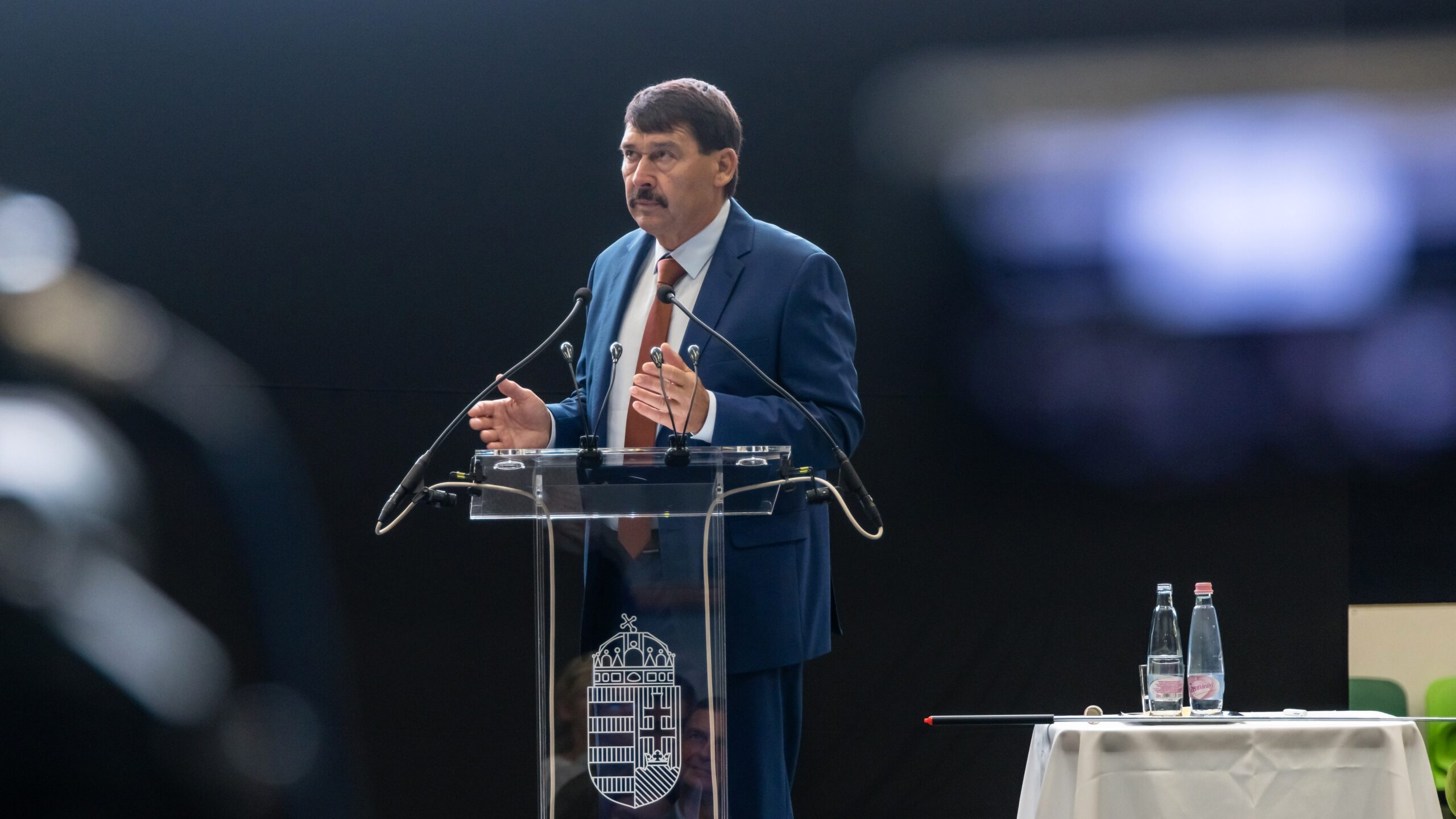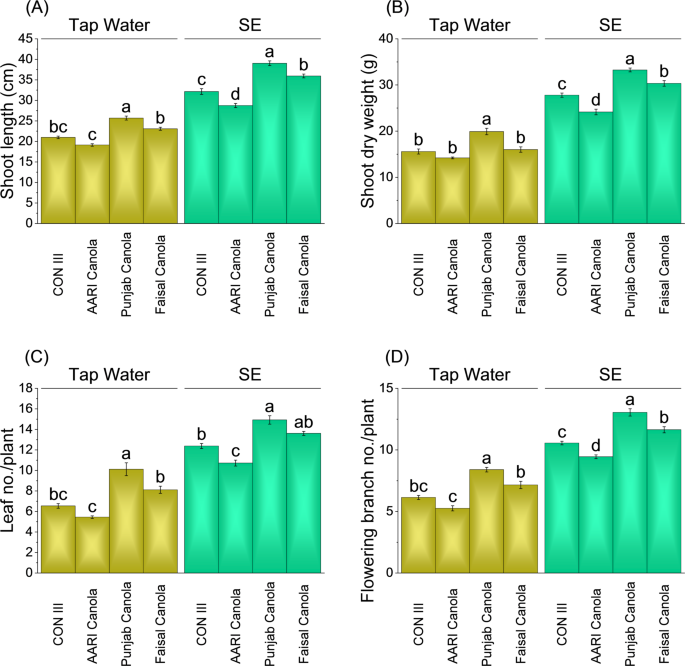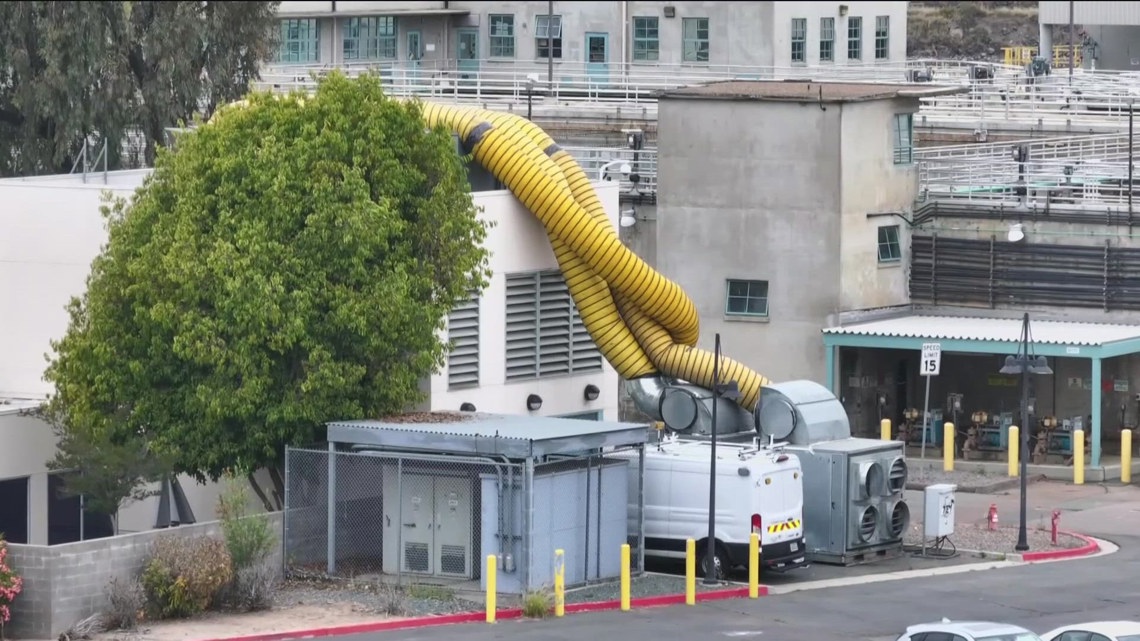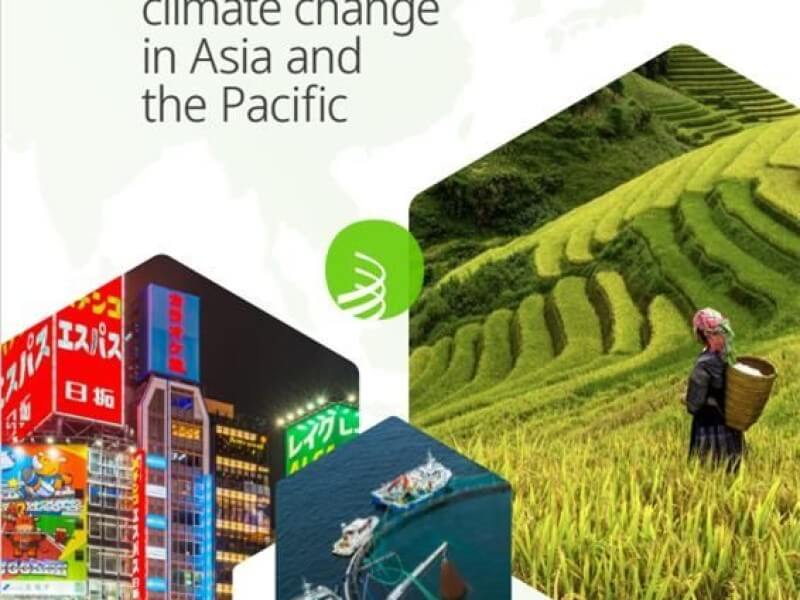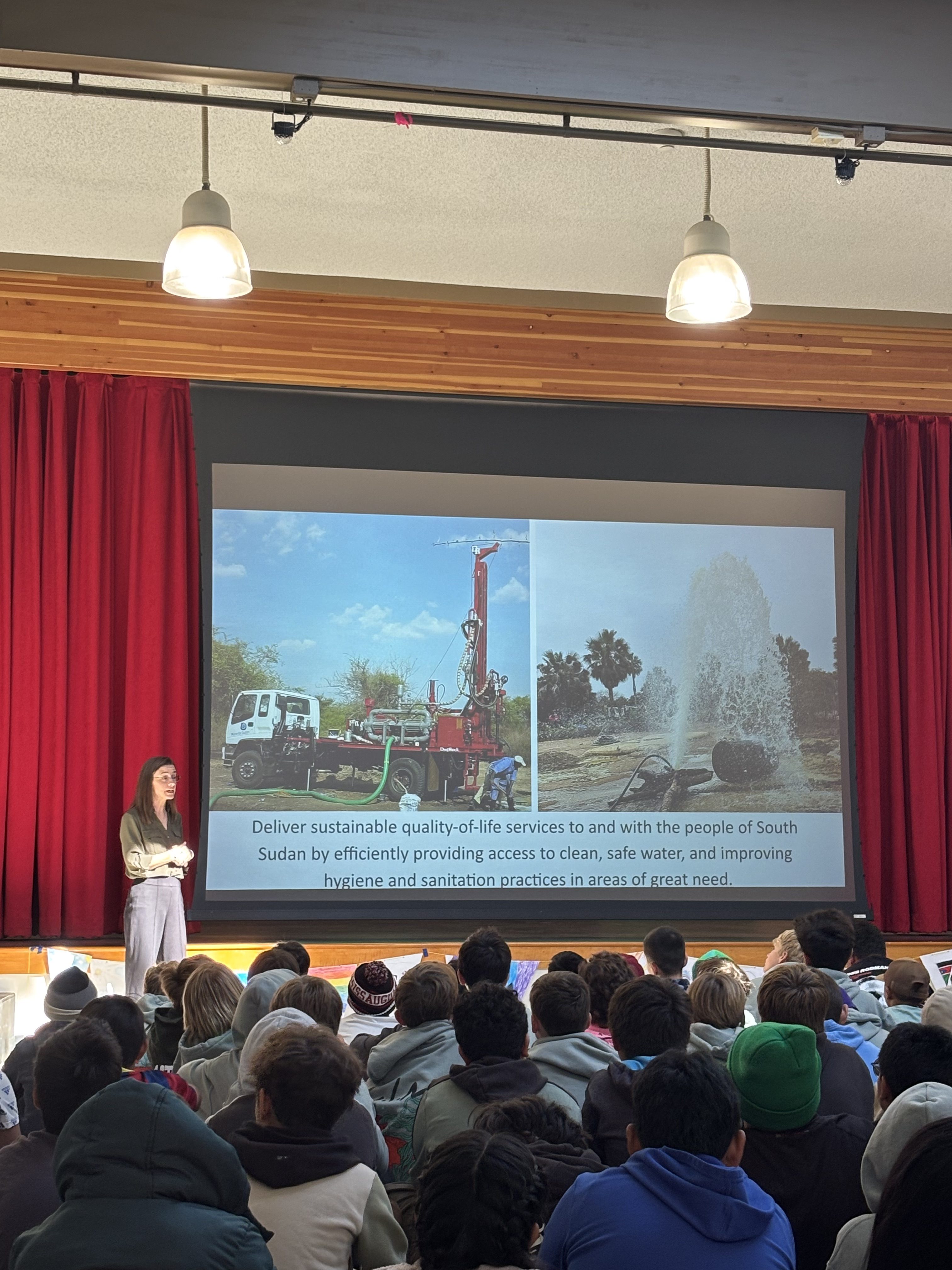Report on Water Scarcity and Sustainable Management in Hungary
Introduction: A National Water Crisis in the Context of the Sustainable Development Goals
Hungary is confronting a severe and prolonged water crisis, characterized by a continuous water deficit since 2017. This situation presents a significant challenge to the nation’s ability to meet key Sustainable Development Goals (SDGs), particularly SDG 6 (Clean Water and Sanitation), SDG 2 (Zero Hunger), SDG 13 (Climate Action), and SDG 15 (Life on Land). According to an analysis by Tibor Bíró, Director of the Institute for Environmental Sustainability, and former President János Áder, urgent, integrated action is required to protect water resources, improve retention, and ensure future water security.
Analysis of Hungary’s Water Deficit
Meteorological and Hydrological Drought Conditions
The nation is experiencing both meteorological and hydrological droughts, a combination that severely impacts water availability and directly threatens the achievement of SDG 6. Key factors include:
- Recurring droughts and dry winters have prevented the adequate replenishment of water reserves during critical spring vegetation periods.
- Reduced rainfall has led to critically low river levels in major arteries like the Danube and Tisza, shrinking surface water reserves.
- The phenomenon of water scarcity is expanding geographically, now affecting northern European regions and indicating a systemic climate-related shift.
- Evaporation rates are increasing due to erratic rainfall patterns, further depleting available surface water.
Consequences for Sustainable Development
The ongoing water deficit has cascading negative impacts on multiple sectors, undermining progress towards several SDGs.
- Impact on SDG 15 (Life on Land): The drying of 37 small watercourses each summer and the depletion of soil moisture up to 80 centimeters in sandy regions threaten terrestrial ecosystems and biodiversity.
- Impact on SDG 2 (Zero Hunger): Depleted soil moisture directly compromises agricultural productivity, jeopardizing food security and the resilience of farming communities.
- Impact on SDG 6 (Clean Water and Sanitation): The Tisza River now drains an estimated 250 million cubic metres of water from the surrounding soil annually, a volume equivalent to Lake Tisza, further diminishing the nation’s freshwater resources.
Groundwater Depletion: A Critical Threat to Water Security
Declining Aquifer Levels
Hungary’s reliance on groundwater for 95% of its drinking water makes its depletion a critical national security issue and a direct threat to SDG 6.1 (achieve universal and equitable access to safe and affordable drinking water). Since the late 1970s, groundwater levels have fallen by 2–3 metres in some regions, with extreme cases showing drops of 10–12 metres. This unsustainable extraction is causing wells to run dry, even in historically water-rich areas like the Tisza Valley.
Strategic Recommendations for Integrated Water Resource Management
Policy and Regulatory Measures for SDG 6.5
To address the unsustainable use of groundwater and align with SDG 6.5 (implement integrated water resources management), experts recommend a mandatory, nationwide regulatory framework. The proposed actions are:
- Legalize all existing wells to create a comprehensive national water extraction database.
- Install sensors and monitoring systems to accurately track water consumption from all sources.
- Implement policies to ensure that water consumption remains in balance with the rate of natural replenishment, preventing further depletion of strategic reserves.
Failure to implement these measures could lead to severe water shortages for both agricultural producers and public utilities within 10 to 15 years.
Technical and Nature-Based Solutions for Climate Resilience
A comprehensive approach combining technical engineering with nature-based solutions is essential for building resilience, in line with SDG 13 (Climate Action) and SDG 15 (Life on Land).
- Comprehensive Water Retention: A multi-faceted strategy should include hillside erosion control, the construction of rainwater reservoirs, and the filling of irrigation channels in flat regions to hold water in the landscape.
- Mosaic Water Retention: This landscape-wide strategy promotes infiltration to restore groundwater levels, provides a cooling effect on the local microclimate, and creates habitats that support biodiversity.
Fostering Partnerships for Technological Advancement (SDG 17)
International Cooperation for Innovative Solutions
In a clear example of SDG 17 (Partnerships for the Goals), the National University of Public Service has established a cooperation agreement with the Chinese Academy of Sciences. This partnership aims to leverage advanced technology to address Hungary’s water challenges by:
- Utilizing artificial intelligence and advanced data analysis.
- Developing new, data-driven solutions for sustainable water management.
Analysis of Sustainable Development Goals in the Article
1. Which SDGs are addressed or connected to the issues highlighted in the article?
The article on Hungary’s water crisis addresses several interconnected Sustainable Development Goals (SDGs). The analysis reveals connections to the following goals:
- SDG 6: Clean Water and Sanitation: This is the most central SDG, as the article’s primary focus is on water scarcity, declining water levels in rivers and groundwater, the need for sustainable water management, and protecting drinking water sources.
- SDG 2: Zero Hunger: The article explicitly links water scarcity to agriculture, noting how the drying of soil threatens farming and could lead to severe shortages for farmers, directly impacting food production.
- SDG 11: Sustainable Cities and Communities: The text highlights the threat to rural water supply and the need to ensure future drinking water for communities, which is a core component of sustainable and resilient communities.
- SDG 13: Climate Action: The article attributes the water deficit to recurring droughts, dry winters, and erratic rainfall patterns, which are described as climate-related phenomena affecting not just Hungary but other parts of Europe.
- SDG 15: Life on Land: The discussion on the drying up of small watercourses, depletion of soil moisture, threats to local ecosystems, and riverbed subsidence directly relates to the protection and restoration of terrestrial and freshwater ecosystems.
- SDG 17: Partnerships for the Goals: The article concludes by mentioning a cooperation agreement between the National University of Public Service and the Chinese Academy of Sciences to use technology and data analysis for water management, illustrating a partnership to achieve sustainability goals.
2. What specific targets under those SDGs can be identified based on the article’s content?
Based on the issues and proposed solutions in the article, the following specific SDG targets can be identified:
- Target 6.4: By 2030, substantially increase water-use efficiency across all sectors and ensure sustainable withdrawals and supply of freshwater to address water scarcity. The article’s focus on recurring droughts, a continuous water deficit since 2017, and the warning that farmers and utilities could face severe water shortages directly addresses the need to manage water scarcity.
- Target 6.5: By 2030, implement integrated water resources management at all levels. The call for a “comprehensive approach to water retention,” legalizing and monitoring all wells in a national database, and balancing water consumption with replenishment are direct references to implementing integrated water management.
- Target 6.6: By 2020, protect and restore water-related ecosystems, including mountains, forests, wetlands, rivers, aquifers and lakes. The article highlights the drying up of 37 small watercourses, declining river levels in the Tisza and Danube, and falling groundwater levels, emphasizing the degradation of these ecosystems.
- Target 2.4: By 2030, ensure sustainable food production systems and implement resilient agricultural practices that increase productivity and production. The article warns that soil depletion threatens agriculture and that without action, farmers will face severe water shortages, linking water management directly to the resilience of agricultural practices.
- Target 13.1: Strengthen resilience and adaptive capacity to climate-related hazards and natural disasters in all countries. The article frames the water crisis as a result of climate-related issues like recurring droughts and erratic rainfall, and the proposed solutions like water retention are measures to build resilience.
- Target 15.3: By 2030, combat desertification, restore degraded land and soil, including land affected by drought and floods, and strive to achieve a land degradation-neutral world. The mention of soil’s upper layers depleting up to 80 centimetres and groundwater levels falling by as much as 10–12 metres are clear indicators of land degradation and desertification driven by drought.
- Target 17.6: Enhance North-South, South-South and triangular regional and international cooperation on and access to science, technology and innovation. The specific mention of the cooperation agreement with the Chinese Academy of Sciences to use artificial intelligence and data analysis for water management is a direct example of this target in action.
3. Are there any indicators mentioned or implied in the article that can be used to measure progress towards the identified targets?
Yes, the article mentions several quantitative and qualitative indicators that can be used to measure progress:
- Change in the level of water stress (Indicator 6.4.2): The article provides baseline data for water stress, including the fact that Hungary has been in a “continuous water deficit since 2017,” groundwater levels have fallen by “2–3 metres since the late 1970s” and up to “10–12 metres” in extreme cases, and the Tisza River drains “250 million cubic metres of water from the soil each year.” Monitoring these figures would measure progress.
- Degree of integrated water resources management (Indicator 6.5.1): Progress can be measured by the implementation of the proposed policies, such as the creation of a “national database” for all wells and the installation of “sensors to track water use.” The degree to which a “social consensus is needed for these technical measures” is achieved would be a qualitative indicator.
- Change in the extent of water-related ecosystems over time (Indicator 6.6.1): The article states that “37 small watercourses in Hungary now dry up temporarily each summer.” A reduction in this number would be a clear indicator of progress in restoring these ecosystems.
- Proportion of land that is degraded over total land area (Indicator 15.3.1): The article provides a specific measure of degradation: “the soil’s upper layers up to 80 centimetres in sandy areas” are depleted. Monitoring the extent of this soil depletion would serve as an indicator for this target.
- Number of science and/or technology cooperation agreements (related to Indicator 17.6.1): The article explicitly mentions one such agreement: the “cooperation agreement with the Chinese Academy of Sciences.” Tracking the implementation and outcomes of this agreement, as well as the formation of new ones, would be an indicator of progress.
4. Table of SDGs, Targets, and Indicators
| SDGs | Targets | Indicators Identified in the Article |
|---|---|---|
| SDG 6: Clean Water and Sanitation | 6.4: Address water scarcity and ensure sustainable withdrawals. | – Continuous water deficit since 2017. – Groundwater levels falling by 2-12 metres. – Tisza River draining 250 million cubic metres of water from soil annually. |
| SDG 6: Clean Water and Sanitation | 6.5: Implement integrated water resources management. | – Proposal to legalize, register, and monitor all wells in a national database. – Call for a comprehensive approach to water retention and balancing consumption with replenishment. |
| SDG 6: Clean Water and Sanitation | 6.6: Protect and restore water-related ecosystems. | – 37 small watercourses drying up temporarily each summer. – Declining water levels in the Danube and Tisza rivers. |
| SDG 2: Zero Hunger | 2.4: Ensure sustainable food production and resilient agricultural practices. | – Threats to agriculture from soil moisture depletion. – Potential for severe water shortages for farmers within 10-15 years. |
| SDG 13: Climate Action | 13.1: Strengthen resilience to climate-related hazards. | – Recurring droughts and dry winters mentioned as causes. – Proposed water retention strategies (e.g., rainwater reservoirs) as adaptive measures. |
| SDG 15: Life on Land | 15.3: Combat desertification and restore degraded land. | – Depletion of the soil’s upper layers up to 80 centimetres in sandy areas. – Widespread decline in groundwater levels indicating land degradation. |
| SDG 17: Partnerships for the Goals | 17.6: Enhance international cooperation on science, technology, and innovation. | – A signed cooperation agreement between the National University of Public Service and the Chinese Academy of Sciences to use AI and data analysis for water management. |
Source: hungarianconservative.com

